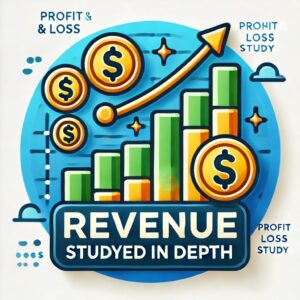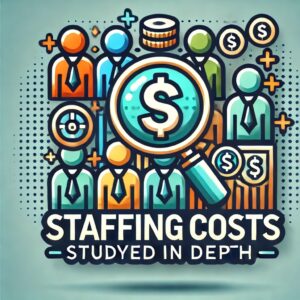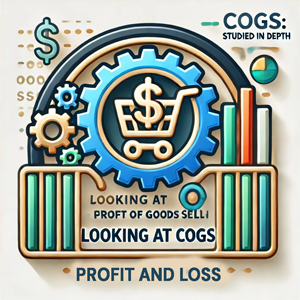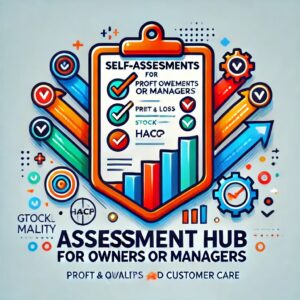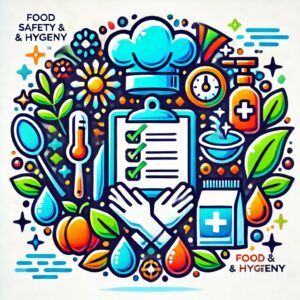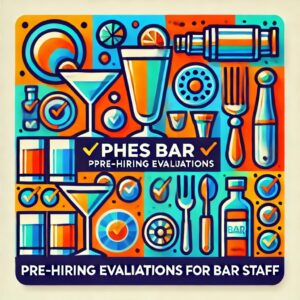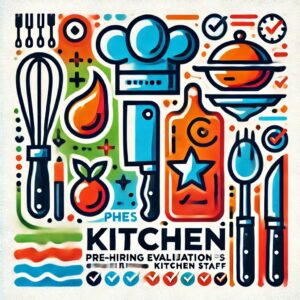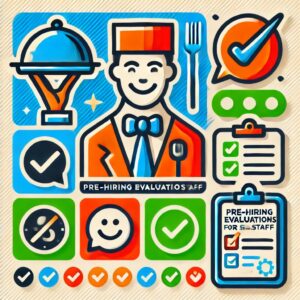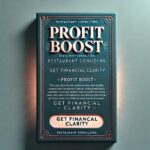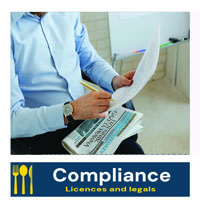"The Price of Space: Balancing Rent and Revenue"
RENTAL REALITIES
FOR EVERYONE
OVERHEAD EQUATION
Occupancy expenses:
Represent the costs associated with maintaining a physical location for a business. These include rent, utilities, property taxes, insurance, and maintenance costs. In the hospitality industry, occupancy expenses are a significant part of the Profit & Loss (P&L) statement, directly affecting a business’s bottom line. Managing these expenses effectively is crucial for sustaining profitability.
Occupancy expenses typically fall into fixed and variable categories:
Fixed Costs:
These include rent or lease payments, property taxes, and certain insurance premiums. Fixed costs remain consistent over time and are less flexible in response to changes in revenue.
Variable Costs:
These include utilities, maintenance, and repairs, which fluctuate based on usage or unforeseen issues.
On a P&L statement, occupancy expenses are categorized under operating expenses and deducted from gross profit. A clear understanding of these costs helps businesses evaluate their profitability and efficiency.
Components Of Occupancy expenses
Often the largest component of occupancy costs, rent is a fixed expense negotiated based on the size, location, and condition of the property. For hospitality businesses, prime locations often come with higher rent, but they can also attract more customers, potentially offsetting the cost.
Utilities:
Utilities include electricity, water, gas, and waste disposal. In energy-intensive industries like restaurants, utility costs can account for a significant portion of expenses. Implementing energy-efficient practices can help reduce these costs.
Insurance:
Property insurance covers risks such as fire, theft, or natural disasters. While insurance is a relatively small portion of occupancy expenses, failing to maintain adequate coverage can result in substantial financial losses during emergencies.
Property Taxes:
Taxes are a non-negotiable expense for property owners or leaseholders. Understanding the tax structure and ensuring compliance is essential to avoid penalties.
Maintenance and Repairs: These expenses include the upkeep of the building, fixtures, and equipment. Regular maintenance prevents costly repairs and ensures a safe environment for customers and staff.
Controlling Occupancy expenses
High occupancy expenses can erode profits, especially for businesses in competitive markets where pricing flexibility is limited. For example:
A restaurant with €50,000 in monthly revenue and €10,000 in rent has a rent-to-revenue ratio of 20%. If other occupancy costs add another €5,000, total occupancy expenses consume 30% of revenue, leaving less room for profits.
Businesses should aim to keep occupancy costs within a reasonable percentage of revenue. For restaurants, a common benchmark is 10-12% for rent alone, though this can vary by region and market.
Strategies to Manage Occupancy Costs
Negotiating Leases:
Review lease terms periodically to secure competitive rates or negotiate for tenant improvements.
Energy Efficiency:
Investing in energy-efficient appliances, LED lighting, and smart thermostats can reduce utility bills.
Preventive Maintenance:
Regular inspections and upkeep reduce the risk of major repairs, keeping costs predictable.
Tax Planning:
Understanding property tax assessments can help challenge excessive valuations and reduce expenses.
Conclusion
Occupancy expenses are an unavoidable yet manageable aspect of running a business. By keeping these costs in check, businesses can improve their net profit and ensure long-term sustainability. Strategic planning and proactive management are key to balancing the cost of space with the revenue it generates.
"After Occupancy Extras: Beyond Rent and Utilities CHECK AN ICON for Stronger And Smarter Profit"

